Table of Contents - Can You Get Pregnant from a Hot Tub?
- Introduction
- What Is a Hot Tub and How Does It Affect the Body?
- Can You Get Pregnant From Using a Hot Tub?
- How Does Heat Exposure From Hot Tubs Impact Human Physiology?
- What Are Common Uses and Safety Concerns of Hot Tubs?
- Can You Get Pregnant From Using a Hot Tub?
- What Are the Risks of Using a Hot Tub During Pregnancy?
- What Are the Safe Hot Tub Temperature Guidelines for Pregnant Women?
- What Are Alternatives to Hot Tubs for Relaxation During Pregnancy?
- What Expert Advice Exists on Hot Tub Use and Pregnancy?
- Frequently Asked Questions About Hot Tubs and Pregnancy Risks
- Final Thoughts
This blog post may contain affiliate links. As an Amazon Associate I earn from qualifying purchases.
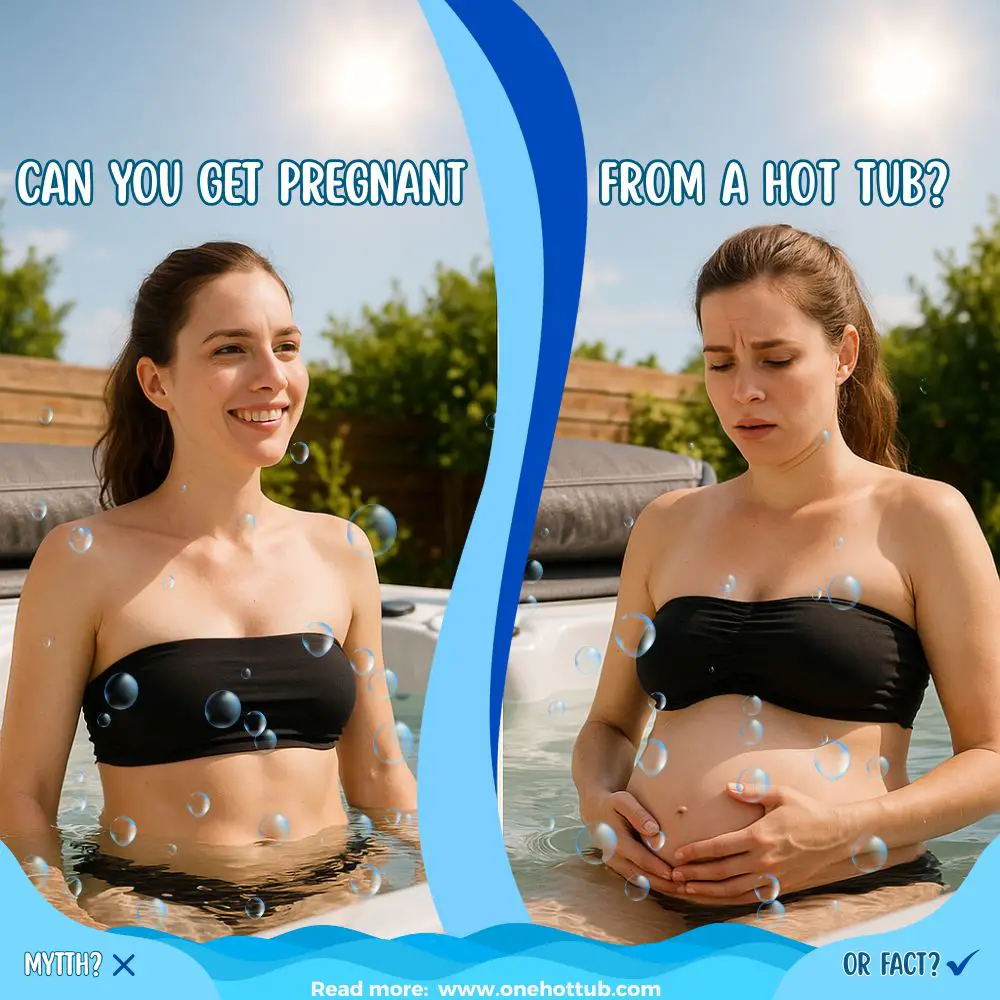
Introduction
Hot tubs, in all different types of hot tub, are a popular way to relax after a long day. Many enjoy their soothing warmth; however, questions often arise regarding their safety for pregnant women or those trying to conceive.
In this article, we address common concerns about hot tub use and its potential impact on pregnancy and fertility, as well as answer the question if you can actually get pregnant from a hot tub. We explore the science behind heat exposure (please see my article on what chemicals do I need for a hot tub), its effects on the body and fetus, and offer safe guidelines for hot tub use during pregnancy.
Additionally, considerations on how often should you change the water in a hot tub are discussed to ensure optimal safety. Detailed explanations cover how high temperatures can affect blood pressure, the nervous system, and hormonal balance, along with a review of studies linking hyperthermia to birth defects and miscarriage risk. Expert advice and alternative relaxation methods for pregnant women are also included to help you enjoy a hot tub safely while protecting reproductive health.
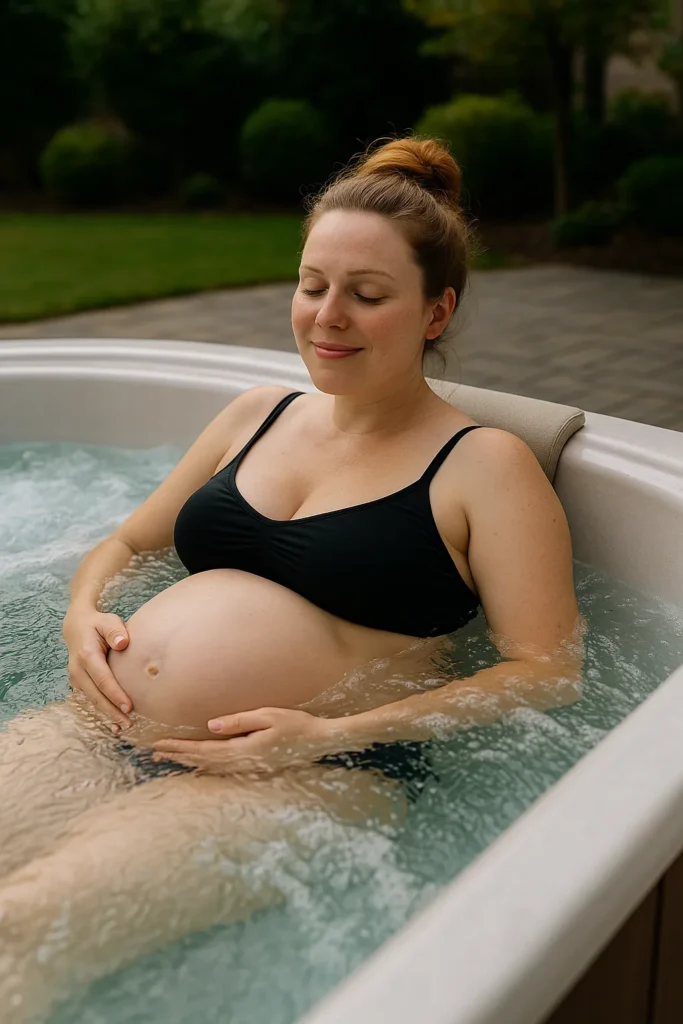
What Is a Hot Tub and How Does It Affect the Body?
Hot tubs are large bathtubs or small pools designed for relaxation with heated water and massaging jets. They typically operate at 100°F to 104°F (37.8°C to 40°C), which increases blood circulation and promotes muscle relaxation, reduced joint stiffness, and temporary pain relief. The heat dilates blood vessels and lowers bloodpressure, helping release endorphins and easing stress.
When you sit in a hot tub, your body temperature rises, affecting your cardiovascular system and triggering a relaxant response. However, high temperatures can also increase dehydrationrisk if fluid intake is insufficient. Importantly, this environment can influence reproductive functions: elevated body heat may impair sperm quality in men and alter blood flow and hormonal signals in women.
Prolonged exposure may lead to hyperthermia, a dangerous condition where the body’s temperature exceeds normal limits and stresses various organ systems. Understanding both the benefits and risks of hot tub use is crucial, especially for pregnant women or those planning to conceive.
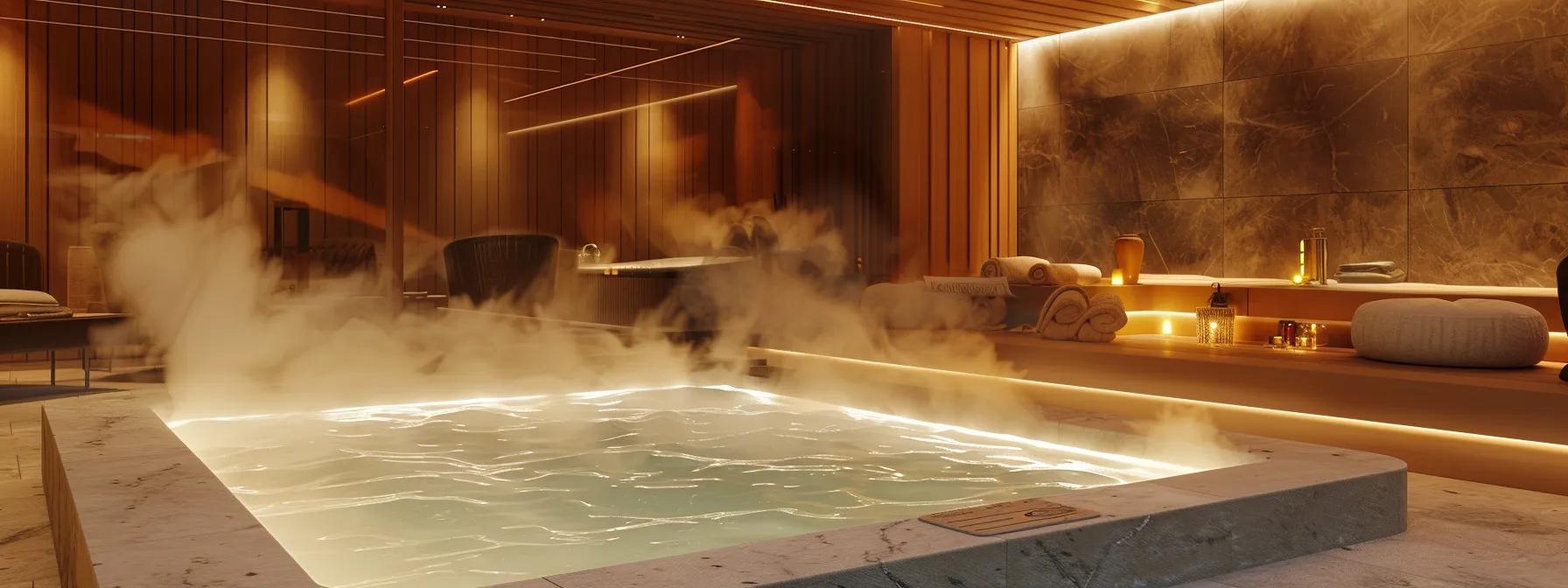
Can You Get Pregnant From Using a Hot Tub?
Simply using a hot tub does not cause pregnancy because fertilization requires sperm to meet an egg. However, the high water temperature and prolonged exposure can influence fertility. For men, extended heat exposure may temporarily lower sperm count and motility, while for women, the risk of hyperthermia is more concerning early in pregnancy when the fetus is most vulnerable.
Studies suggest that significant heat can disrupt reproductive hormones, interfering with ovulation and implantation. Although short, infrequent sessions are unlikely to cause lasting harm, extended or frequent exposure may negatively affect conditions necessary for conception and healthy fetal development.
How Does Heat Exposure From Hot Tubs Impact Human Physiology?
Heat exposure from hot tubs increases core body temperature, causing blood vessels to dilate and enhancing circulation. This response aids muscle relaxation and slightly lowers bloodpressure. For pregnant women, however, these changes can affect uterine blood flow.
The body’s thermoregulatory responses—sweating and an increased heart rate—work to counteract the heat. Yet, if fluids are not adequately replaced, dehydration may occur, possibly leading to lightheadedness or fainting. Even mild hyperthermia during pregnancy has been linked to adverse outcomes in the embryo, including neural tube defects.
Heat also triggers the release of cortisol, a stresshormone that can disrupt the delicate hormonal balance essential for conception and early pregnancy. In addition, prolonged high temperatures may affect enzyme activity and cellular function, which is especially significant for reproductive tissues. In summary, while the body can adjust to temporary heat increases, frequent or extended hot tub use can overload these systems, potentially harming reproductive health.
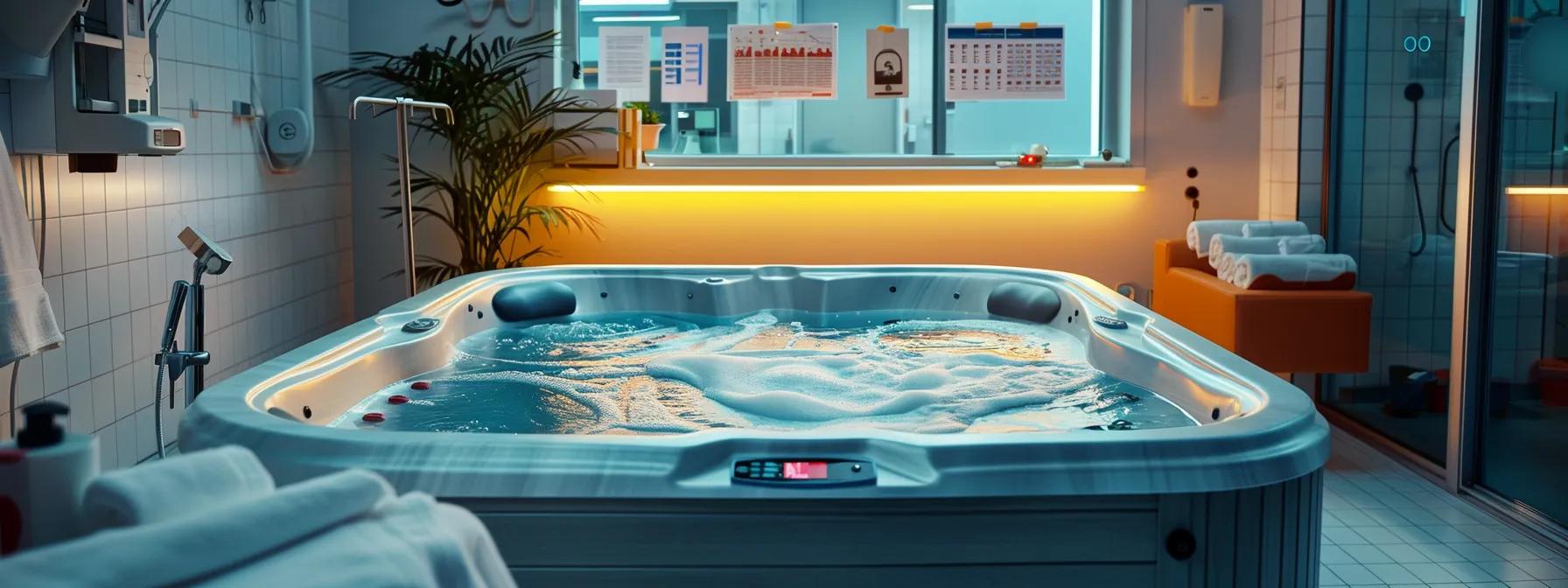
What Are Common Uses and Safety Concerns of Hot Tubs?
Hot tubs are used for relaxation, muscle recovery, and pain relief. The warm water, combined with jet action, helps reduce muscle tension, soothe joint pain, and even improve sleep quality by easing the transition into relaxation.
Despite their benefits, hot tubs present safety concerns. Dehydration can occur quickly under high temperatures, and the heated water may cause bloodpressure to drop, leading to dizziness or fainting. For pregnant women, dehydration and reduced bloodpressure can compromise fetal blood flow. Health agencies, including the CDC, warn that excessive heat may result in hyperthermia, posing risks to fetal development.
Proper maintenance is also vital. Chemicals like chlorine and bromine are used to sanitize hot tubs; if not balanced correctly, they can cause skin irritation or respiratory issues. In addition, staying in a hot tub for more than 15–20 minutes can exacerbate these risks, particularly for individuals with existing health conditions such as hypertension or heart disease. For pregnant women and those trying to conceive, reducing both duration and water temperature is strongly recommended.
Can You Get Pregnant From Using a Hot Tub?
Does Hot Tub Use Influence Fertility or Conception Chances?
While hot tub use does not directly cause pregnancy, it may indirectly influence fertility. Brief exposure to moderately heated water is generally safe. However, prolonged exposure can reduce sperm quality in men due to the need for cooler temperatures for optimal sperm production. For women, increased body temperature and dehydration may interfere with ovulation or create an unfavorable environment within the uterus. Experts advise that couples trying to conceive limit hot tub sessions to avoid these transient effects.
What Scientific Evidence Explains Pregnancy Possibility Related to Hot Tubs?
Scientific research has demonstrated that hyperthermia—excessively high body temperature—can negatively affect reproductive health. Both human and animal studies suggest that sustained heat exposure can reduce sperm quality and disrupt ovulation. Animal models have also shown a correlation between maternal hyperthermia and fetal issues such as neural tube defects and miscarriage. Although effects are more pronounced in controlled studies, these findings underscore the risks of prolonged exposure during sensitive periods, particularly in the first trimester.
How Do Temperature and Duration Affect Fertility Outcomes?
The effects on fertility depend on both the water temperature and the duration of exposure. Experts recommend keeping hot tub temperatures at or below 100°F and limiting sessions to no more than 15 minutes. Water temperatures above 104°F considerably increase the risk of hyperthermia, which can affect sperm production and fetal development. Therefore, moderating both temperature and time is essential to minimize adverse reproductive outcomes.
What Are the Risks of Using a Hot Tub During Pregnancy?
Using a hot tub during pregnancy introduces risks due to excessive heat exposure. The two primary concerns are hyperthermia and an increased likelihood of miscarriage, particularly during critical stages of fetal development.
How Does Hyperthermia From Hot Tubs Affect Fetal Development?
Hyperthermia during pregnancy can disrupt normal fetal development by interfering with cell division and damaging neural structures. Studies have linked maternal hyperthermia in the first trimester to neural tube defects, as neural tube formation is highly sensitive to temperature changes. Even a slight increase in body temperature may interrupt this process, potentially causing irreversible damage to the developing fetus.
Can Hot Tub Use Increase the Risk of Miscarriage?
Prolonged exposure to high temperatures can stress the maternal system, potentially reducing blood flow to the uterus and triggering hormonal imbalances that increase miscarriagerisk. Observational studies indicate that pregnant women exposed to high temperatures over extended periods may face a higher risk of early pregnancy loss. Short, infrequent sessions are less risky, but caution is advised during early pregnancy.
What Other Health Risks Are Associated With Hot Tub Use in Pregnancy?
Additional risks include dehydration, which can lower amniotic fluid levels essential for fetal protection, and drops in bloodpressure that may lead to dizziness and fainting. Chemical exposures from sanitizers like chlorine or bromine (if not properly maintained) present further concerns. In combination, these physiological stresses necessitate conservative hot tub use during pregnancy.
What Are the Safe Hot Tub Temperature Guidelines for Pregnant Women?
To minimize risks, pregnant women should adhere to strict hot tub guidelines regarding both temperature and duration. Experts advise keeping the water temperature no higher than 100°F and limiting each session to under 15 minutes.
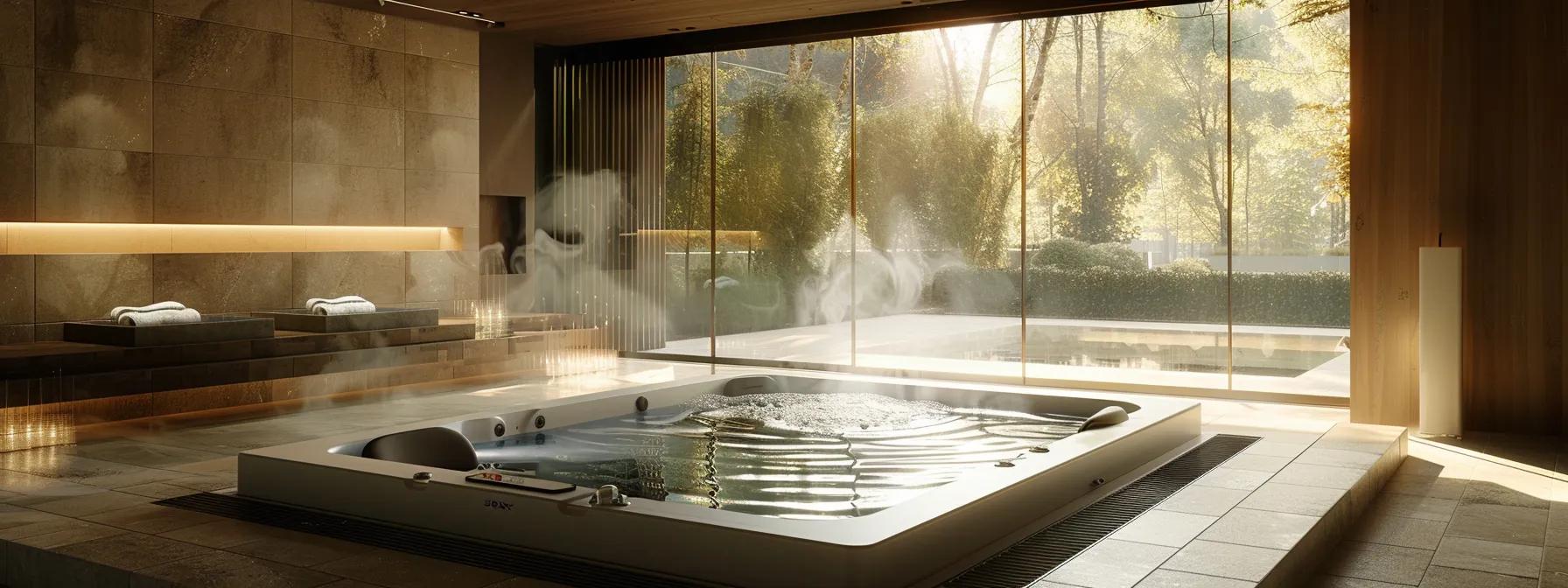
What Is the Recommended Maximum Temperature for Hot Tubs During Pregnancy?
Health professionals recommend that hot tub water for pregnant women should not exceed 100°F (37.8°C). This helps prevent excessive body heat, reducing the risk of hyperthermia and complications such as neural tube defects or miscarriage.
How Long Is It Safe to Stay in a Hot Tub While Pregnant?
Pregnant women should limit hot tub sessions to 15 minutes or less. Short sessions allow the body to dissipate excess heat, reducing the risk of dehydration and overheating, which could negatively affect fetal health.
When Should Pregnant Women Avoid Hot Tubs Completely?
If you feel dizzy, lightheaded, or show signs of dehydration, it is best to avoid hot tubs. Women with existing pregnancy complications or those advised by their healthcare provider should refrain from hot tub use, particularly in the first trimester when the fetus is most vulnerable. If water temperature control or chemical balance is in doubt, opt for other relaxation methods.
What Are Alternatives to Hot Tubs for Relaxation During Pregnancy?
For those seeking similar relaxation benefits without the risks, several alternatives are available. Options such as swimming pools, warm baths, and natural relaxation techniques can offer comparable benefits at lower temperatures.
Are Swimming Pools a Safer Option Than Hot Tubs?
Swimming pools generally maintain lower water temperatures than hot tubs, reducing the risk of hyperthermia. Their larger water volume and open setting allow for better heat dispersion and less risk of dehydration, making them a safer choice during pregnancy.
Can Warm Baths Provide Similar Benefits Without the Risks?
Warm baths maintained at moderate temperatures (around 98°F to 100°F) can help relax muscles and reduce stress without raising core body temperature significantly. They also typically involve fewer chemical additives, offering a gentler alternative to hot tubs.
What Other Relaxation Methods Are Recommended for Pregnant Women?
Other safe relaxation methods include prenatal yoga, which enhances flexibility and reduces back pain, as well as meditation and deep breathing exercises that lower stress and bloodpressure. Light exercise, such as walking or swimming in a pool, can also boost circulation. Additionally, prenatal massage from a certified practitioner may provide relief from tension and discomfort without the risks associated with high heat.
What Expert Advice Exists on Hot Tub Use and Pregnancy?
Expert opinions on hot tub use during pregnancy are based on clinical research and recommendations from leading health organizations. Medical professionals stress the importance of avoiding hyperthermia to protect both maternal and fetal health.

When Should You Consult a Doctor About Hot Tub Use During Pregnancy?
If you are pregnant or planning to conceive, consult your healthcare provider before using a hot tub regularly. Seek medical advice immediately if you experience dizziness, rapid heartbeat, or signs of dehydration after hot tub use. Your doctor can help establish safe temperature limits and session durations based on your individual health.
What Do Medical Professionals Say About Hot Tub Risks and Fertility?
Doctors advise that occasional, brief hot tub sessions at safe temperatures are generally low-risk. However, frequent or prolonged use may impact fertility by reducing sperm count in men or interfering with ovulation in women. Particularly during the critical first trimester, maintaining a stable body temperature is crucial to protect embryonic development.
Where Can Pregnant Women Find Reliable Resources on Hot Tub Safety?
For reliable information, consult your obstetrician or primary healthcare provider and refer to guidelines from the American College of Obstetricians and Gynecologists (ACOG) and the Centers for Disease Control and Prevention (CDC). Reputable medical websites and peer-reviewed journals also offer comprehensive reviews of research related to hyperthermia and pregnancy.
Frequently Asked Questions About Hot Tubs and Pregnancy Risks
Q: Can hot tubs cause a miscarriage?
A: While hot tubs do not directly cause miscarriage, prolonged exposure to high temperatures can lead to hyperthermia, which may increase miscarriage risk, especially during the first trimester. Limiting exposure to safe temperatures and durations minimizes this risk.
Q: Is it safe to use a hot tub in early pregnancy?
A: Early pregnancy is a vulnerable period for the embryo. Experts recommend keeping hot tub water at or below 100°F and limiting sessions to 15 minutes to prevent overheating and potential adverse effects on fetal development.
Q: What temperature is safe for hot tub use during pregnancy?
A: Most professionals agree that water should not exceed 100°F (37.8°C) for pregnant women. This limit helps balance relaxation benefits while avoiding significant increases in core body temperature.
Q: How does hot tub use affect fertility before pregnancy?
A: In men, frequent exposure to hot water can temporarily lower sperm count and motility. For women, excessive heat may disrupt hormonal balance and interfere with ovulation. Couples trying to conceive are advised to limit hot tub use to prevent these effects.
Q: What are the signs that hot tub use might be adversely affecting my health during pregnancy?
A: Signs such as dizziness, lightheadedness, rapid heartbeat, and excessive sweating suggest your body may be overheating. Unusual fatigue or discomfort after a session may also indicate hyperthermia or dehydration. It is important to stop and consult your healthcare provider if symptoms occur.
Q: Are there special hot tubs designed for pregnant women?
A: There are no hot tubs specifically designed for pregnancy. Some models offer precise temperature control and shorter cycle times, but all pregnant women should use them with caution and adhere strictly to safety guidelines.
Q: Can I replace my hot tub sessions with other forms of hydrotherapy during pregnancy?
A: Yes, alternatives such as warm baths or swimming in a well-regulated pool provide similar relaxation benefits while keeping your body temperature within safe limits. Always consult your doctor if you have any concerns about hydrotherapy during pregnancy.
Final Thoughts
While hot tub use does not cause pregnancy, it can influence reproductive health by affecting sperm quality in men and potentially impacting fetal development in pregnant women. The key is moderation: limit hot tub sessions to short durations at safe temperatures. By following expert guidelines and consulting with healthcare providers, pregnant women and those trying to conceive can enjoy the benefits of hot tubs while minimizing risks. Ultimately, balancing relaxation with safety helps ensure a healthy environment for both mother and child.


